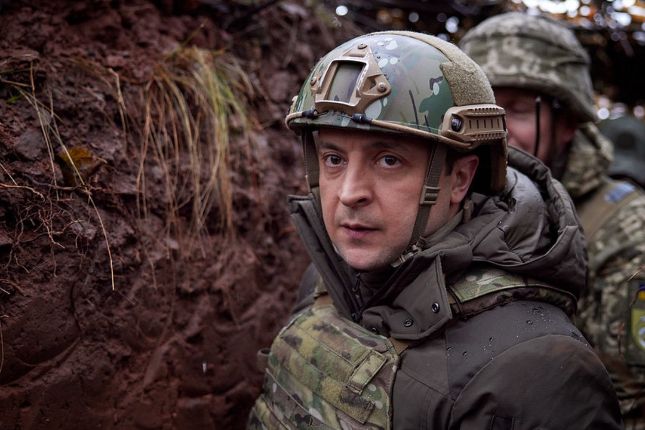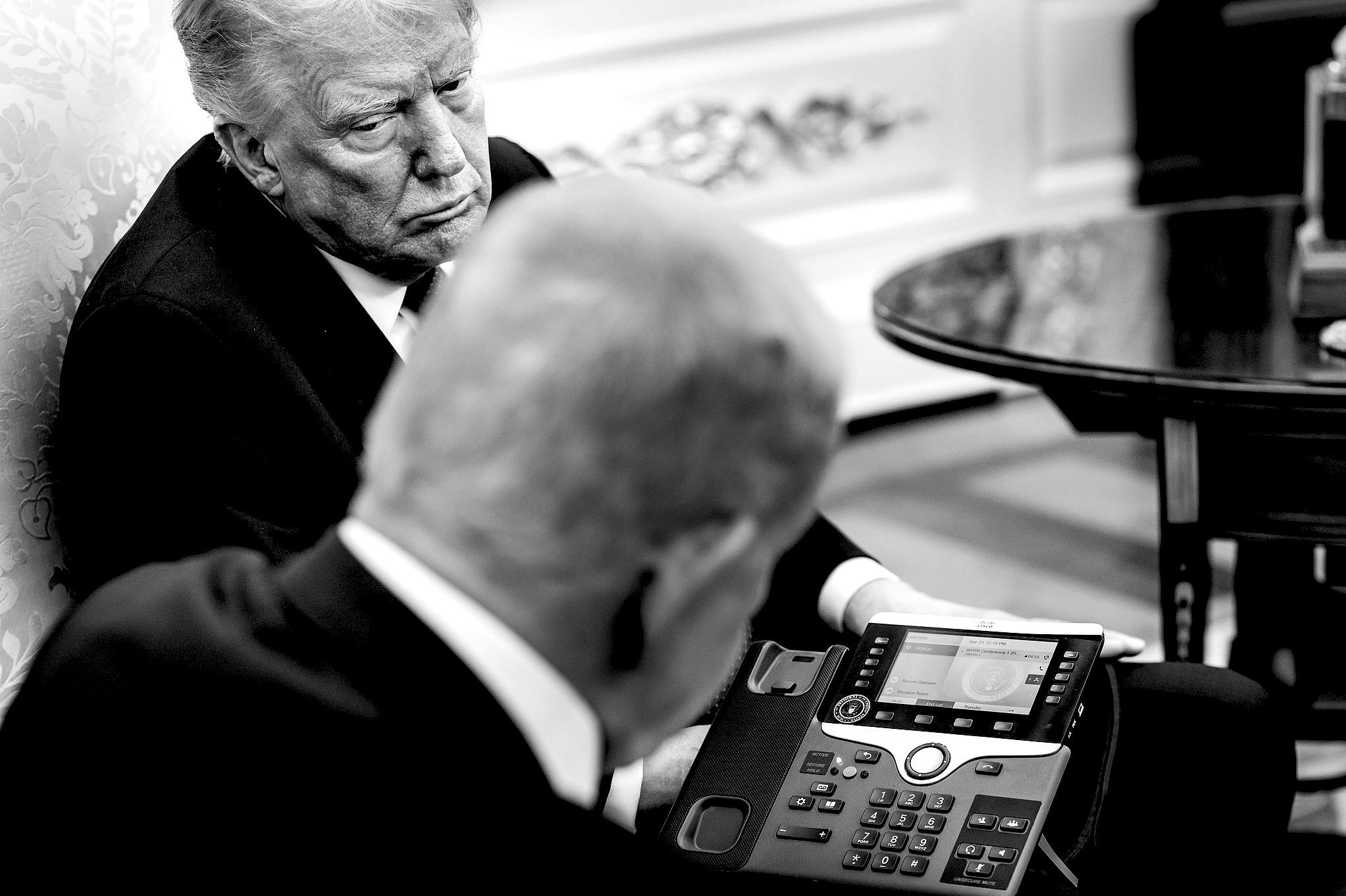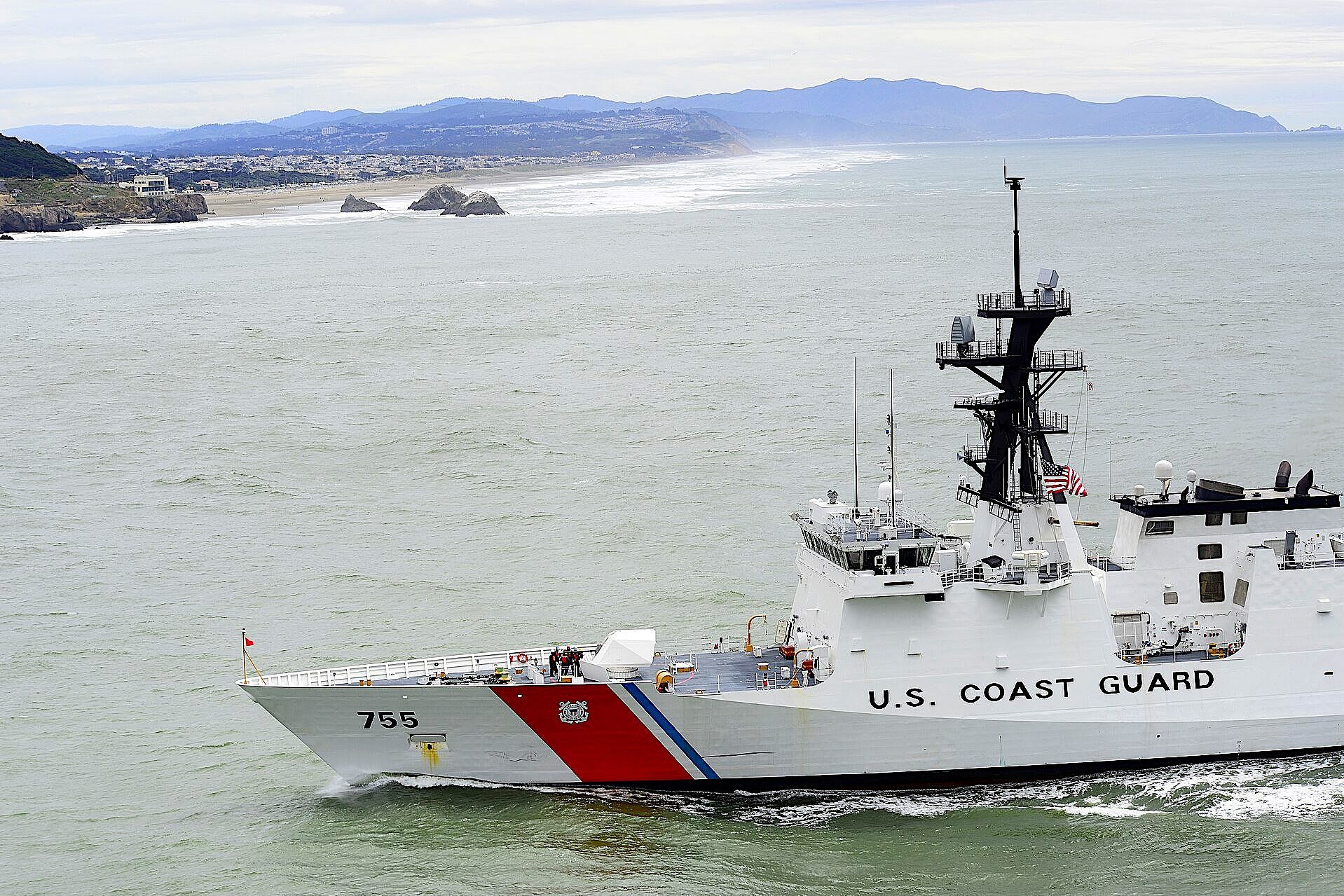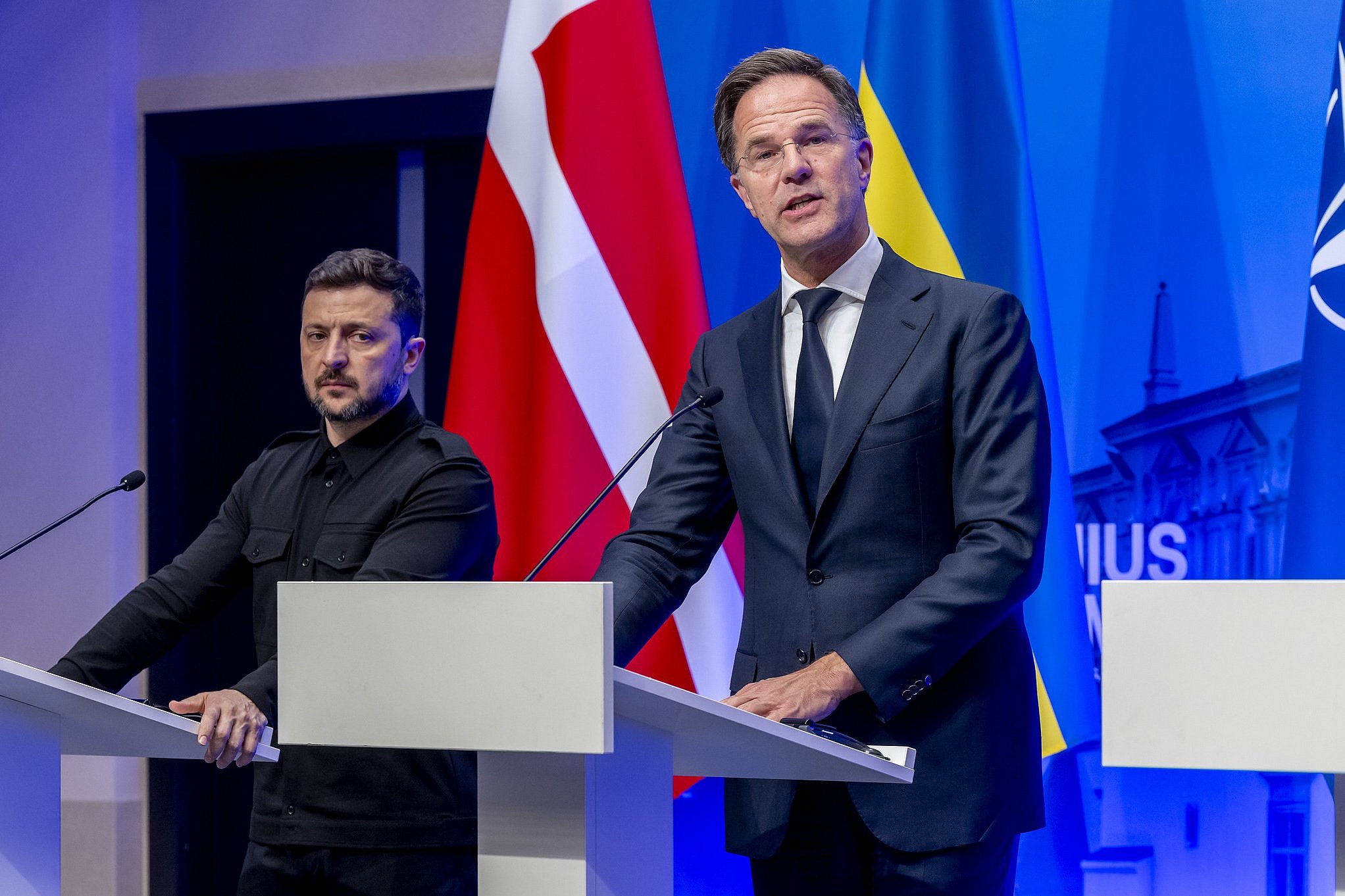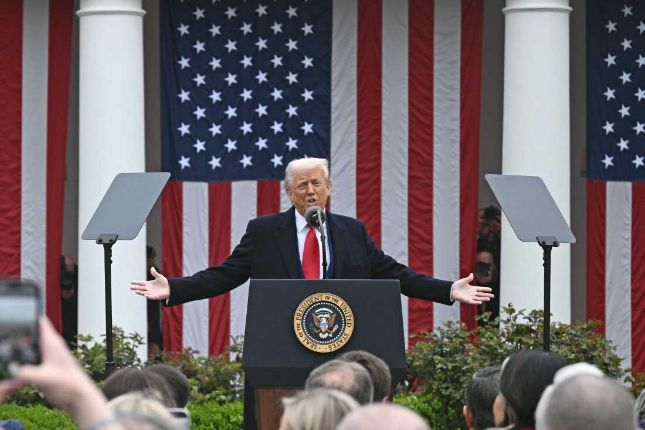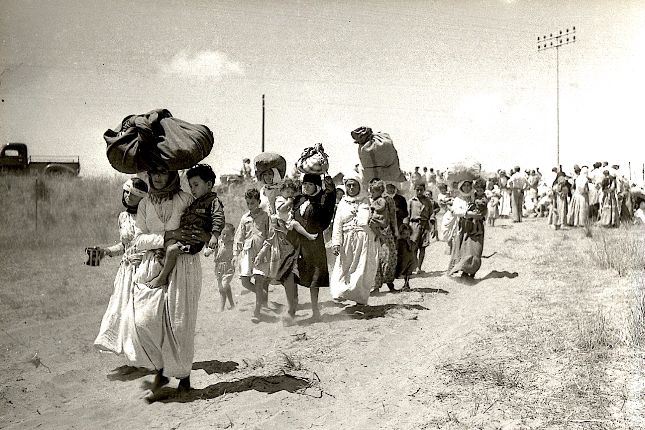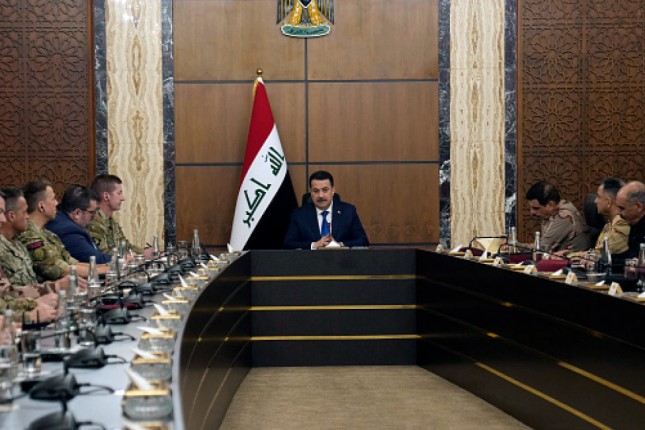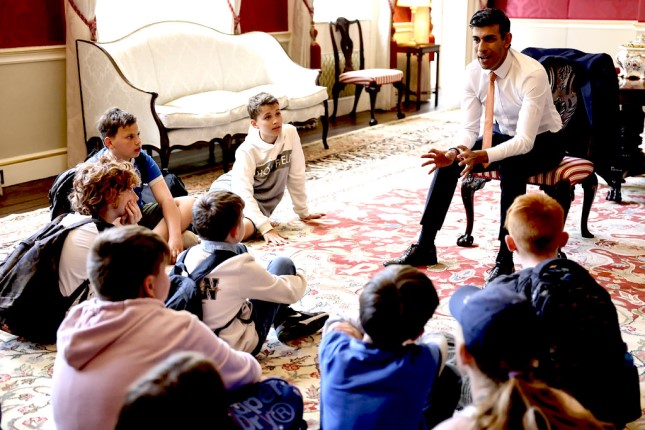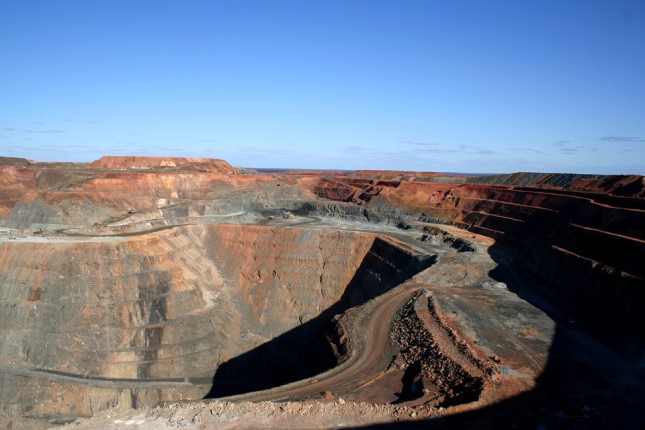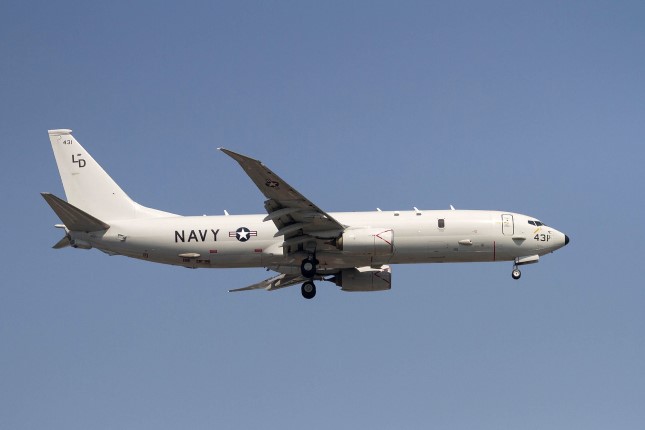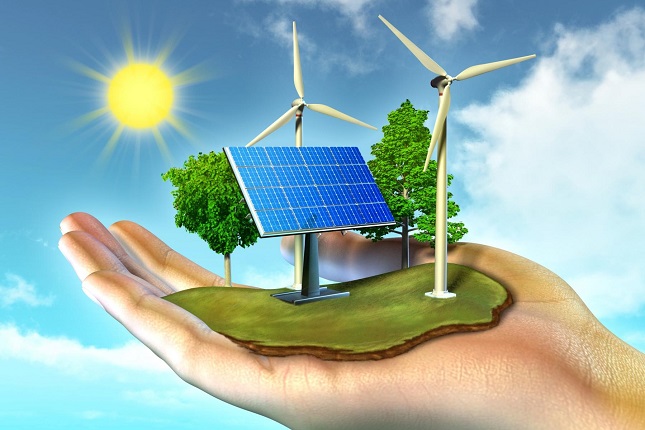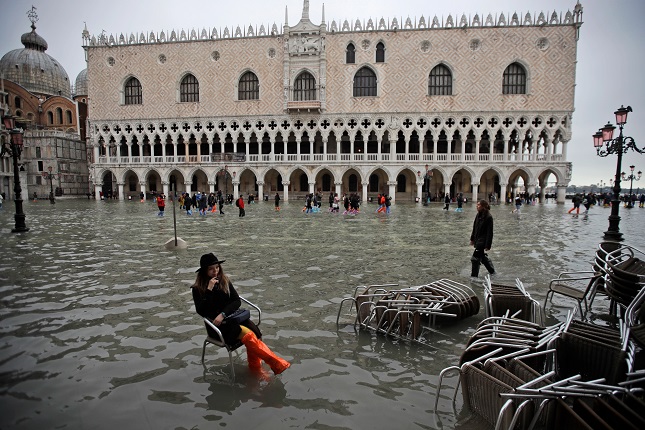The plan aims to strengthen Ukraine militarily so that Russia is forced with the decision of “going into diplomacy or going to lose its war machine.” But, more dangerously than feeding the war and the illusion of a Ukrainian victory, each of the key military points of the plan promotes, not only war, but an expanded war between Russia and NATO.
“The first and very important point” of the victory plan is “an unconditional invitation now” for Ukraine to join NATO. The first point acknowledges that actual “NATO membership is a matter of the future, not the present” but calls for a formal invitation in the immediate present. Ukraine’s ambassador to NATO, Nataliia Galibarenko, has said that Ukraine would like that invitation before U.S. President Joe Biden leaves office.
Zelensky’s selling point that an invitation to join NATO would “signal to the Russian dictator that his geopolitical calculations have failed” and that peace can only begin with the certainty of Ukraine’s NATO membership is a distortion of history and reality. No one can believe that the key to ending a war that started with the aim of acquiring written guarantees that Ukraine would not be invited to join NATO is an invitation for Ukraine to join NATO.
The “key point” for Russia, in the words of Davyd Arakhamiia, the head of Ukraine’s negotiating team at the peace talks in Istanbul, was a guarantee that Ukraine would not join NATO. That was “the most important point” for Russia, according to Zelensky, who says that Russia “started a war because of this.” On the eve of Russia’s invasion of Ukraine, Russia’s ”pre-condition for not invad[ing] Ukraine” was a “promise” that there would be “no more NATO enlargement, according to then NATO Secretary General Jens Stoltenberg. Putin “went to war to prevent NATO, more NATO, close to his borders,” Stoltenberg said. On the morning after the invasion, in Istanbul, the “key point” remained the same.
It is insanity to believe that inviting Ukraine to join NATO is now the very thing that will convince Putin to end the war in Ukraine. More realistically, it is the very thing to ensure that he will continue it.
The second point is on the defense of Ukraine. It contains three requests, each of which, again, promotes a NATO war with Ukraine by the complete erasure of all red lines. The first is that the U.S. should “lift restrictions on the use of long-range weapons… on the territory of the Russian Federation” and provide “appropriate long-range capabilities and real-time satellite and intelligence data.” Putin has already made clear that the erasure of that red line and the lifting of that restriction would “mean that NATO countries… are at war with Russia.”
The second point on the defense of Ukraine is that there should be “further operations by the Defense Forces in designated areas of Russia.” This point argues for “continuing the operations” in the Kursk region of Russia in other regions of Russia. But, again, Putin has already made clear that the Kursk offensive made negotiations less likely.
The third point is that the enhancement of Ukraine’s air defense capabilities should include “conducting joint defence operations with our European neighbours to intercept Russian missiles and drones within the range of partners’ air defence capabilities.” This point calls for the direct involvement of NATO countries in the war in Ukraine.
But perhaps the biggest threat comes, not from Zelensky’s laying out of his victory plan, but from the comments he made after.
On October 17, after meeting leaders of the European Union to lay out his victory plan, Zelensky told reporters that last September he told Donald Trump that Ukraine must be invited to join NATO or they would acquire nuclear weapons.
“Which of these major nuclear powers suffered? All of them? No. Ukraine [did],” Zelensky said. “Who gave up nuclear weapons? All of them? No. Ukraine. Who is fighting today? Ukraine. Either Ukraine will have nuclear weapons and that will be our protection or we should have some sort of alliance. Apart from NATO, today we do not know any effective alliances.”
Later that day, Zelensky tried to calm the storm: “We never spoke about… that we are preparing to create nuclear weapons or something like this,” he said. “we don’t do… nuclear weapons.”
But this is not the first time Zelensky has invoked nuclear weapons. He invoked them to Trump last September. He told reporters about it this October. And at the Munich Security Conference just days before Russia invaded, Zelensky first made the threat that Ukraine could reacquire nuclear weapons.
The danger behind the ultimatum is that the nonnuclear disjunct has already been rejected. Zelensky has warned that there will either be an immediate invitation to join NATO, or Ukraine could pursue nuclear weapons. But the U.S. has already negated the immediate NATO invitation. At an October 16 press conference, the U.S. Permanent Representative to NATO, Ambassador Julianne Smith was asked, “what is the U.S. position on the possibility of inviting Ukraine to a NATO membership, as proposed in the President Zelenskyy’s victory plan?”
Smith answered, “I think NATO’s position on this has been very clear. We stated this summer at the 75th Anniversary Summit that Ukraine is on an irreversible path of membership and that Ukraine will become a member of the Alliance. We are not at the point right now where the Alliance is talking about issuing an invitation in the short term.” Either immediate invitation to join NATO or possibility of pursuing nuclear weapons; no immediate invitation to join NATO; therefore, possibility of pursuing nuclear weapons.
The same answer came from NATO. NATO Secretary-General Mark Rutte, who days ago was so bullish on Ukraine’s NATO membership, saying “Ukraine is closer to NATO than ever before,” responded to Zelensky’s victory plan and its NATO request only by saying that he did “take note of it.” Newsweek reports that he “showed no sign… of inviting Ukraine to join the alliance soon” and that he “avoided discussing when Ukraine might join but said Ukraine would eventually become a member.”
And that nuclear threat may be the most dangerous hidden threat behind a Ukrainian victory plan that is full of threats of expanding the Ukraine-Russia war into a NATO-Russia war.
Source: AntiWar.
